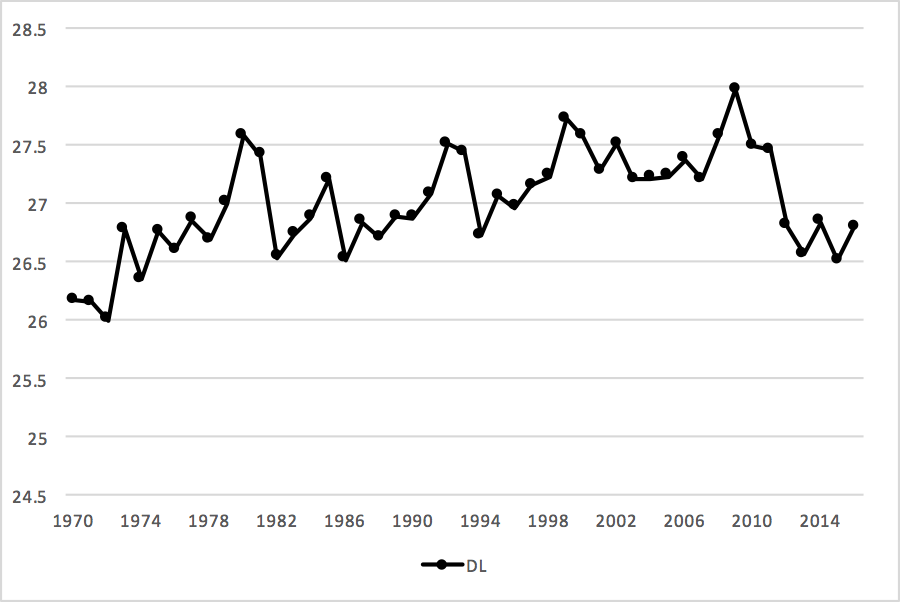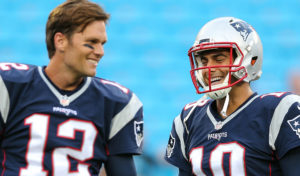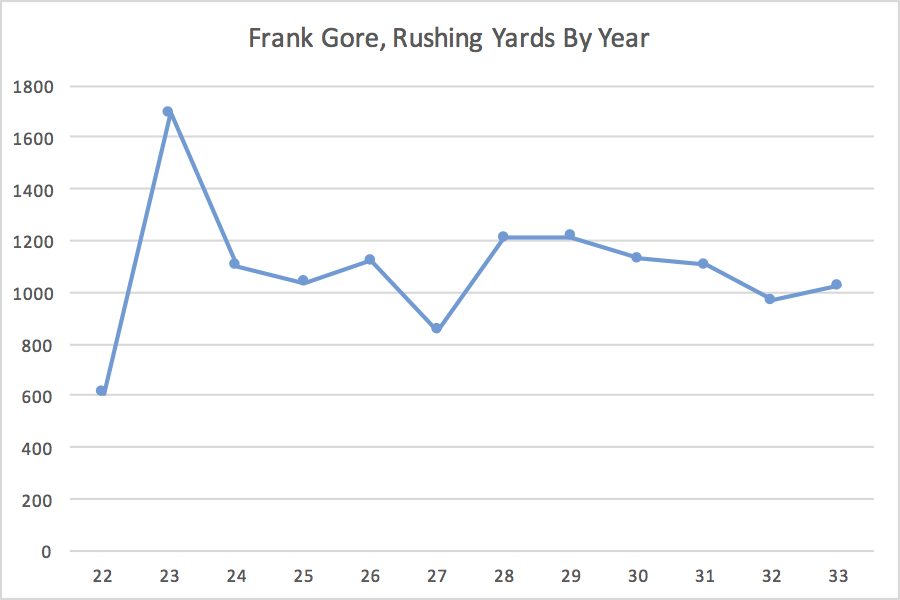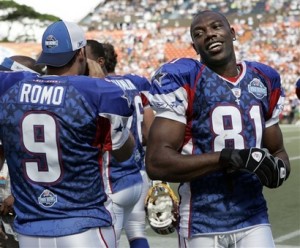
Howton soars for a reception
On September 29th, 1963,
Billy Howton recorded a 14-yard catch against the Redskins. That gave him an
even 8,000 career receiving yards, breaking the long-standing record held by
Don Hutson (7,991). Through the end of the 1965 season, Howton was
still the career leader in receiving yards. Howton, of course, is not in the Pro Football Hall of Fame.
For a decade, Charlie Joiner ranked in the top 3 in career receiving yards, including a first- or second-place ranking from ’84 through ’90. As of the end of the 1986 and 1987 seasons, it was Joiner who was the all-time leader in receiving yards. Joiner was passed over by the Hall of Fame four times, before being inducted on his fifth try.
James Lofton ranked in the top 3 in receiving yards from ’90 to ’06. He ranked 1st or 2nd in each year from ’91 through ’01, and 1st in 1992, 1993 (the year he retired), and 1994. Lofton did not make the HOF until his fifth try, too.
And then there’s Don Maynard. On December 1, 1968, Maynard caught 7 passes for 160 yards and 3 touchdowns in front of the home fans at Shea Stadium. In the process, he broke Raymond Berry‘s career record for receiving yards. A month later, the Jets would win the Super Bowl. It wasn’t until October 6, 1986, 18 years later, that Joiner finally moved Maynard out of the top spot in the record books. Yet it took Maynard nine years to get inducted in the Hall of Fame. Here’s a record that won’t ever be broken: it wasn’t until 19 years after he broke the career yardage record that Maynard was inducted into the Hall of Fame.
Howton, Joiner, Lofton, and Maynard all were the career leaders in receiving yards at one point in their careers, and none of them were inducted into the Hall of Fame on their first, second, third, or fourth ballots. So while Terrell Owens is a deserving Hall of Famer, it’s hard for me to call this an unprecedented oversight that Owens — who has ranked 2nd in career receiving yards since 2010 — didn’t make it to Canton on his first or second try. [continue reading…]








